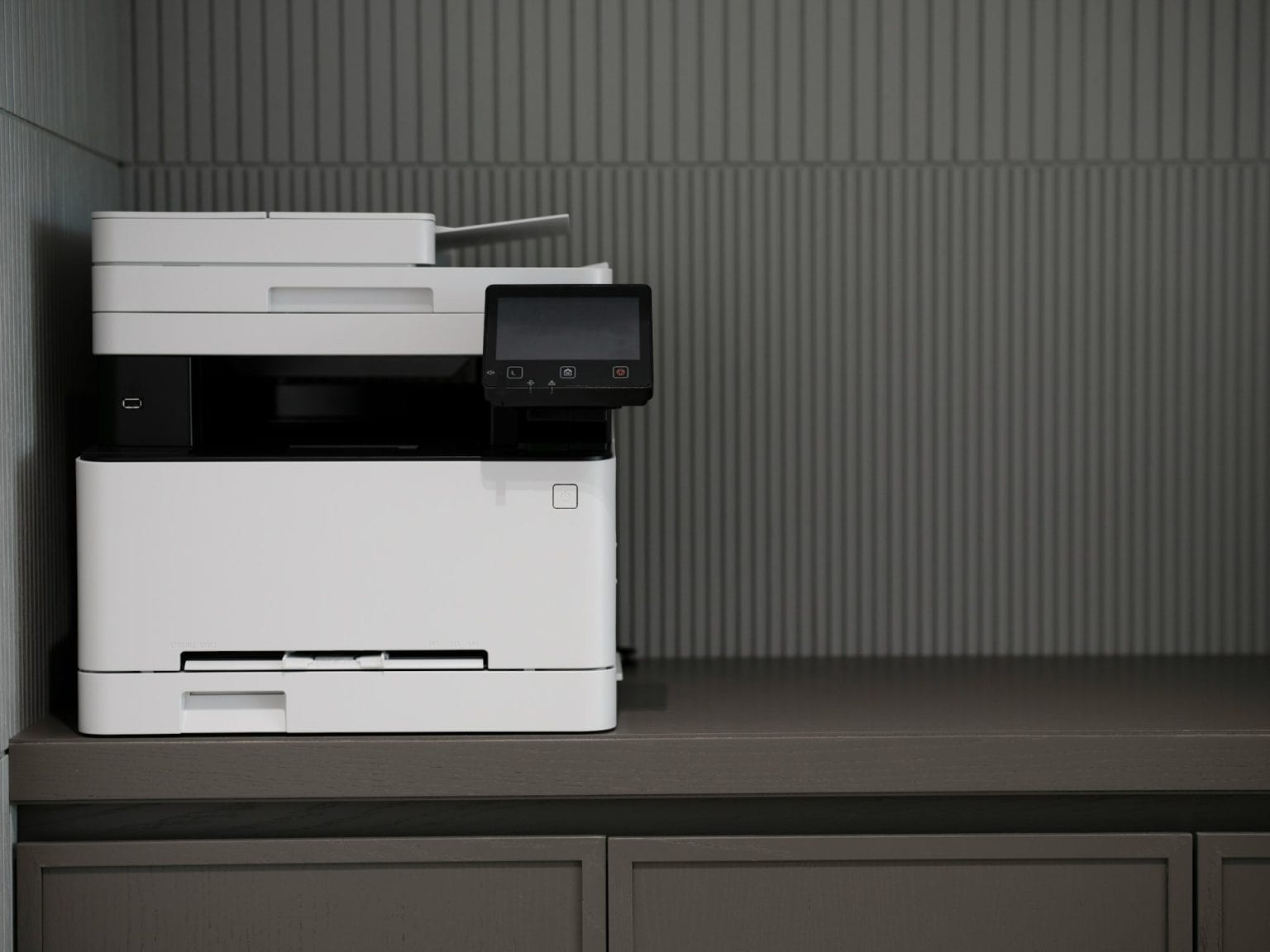The global printer market is expected to experience significant growth in the coming years. According to a report by Technavio, the sector is projected to increase in value by 11.25 billion dollars between 2025 and 2029, with a compound annual growth rate (CAGR) of 3.5%.
The surge in printing among small and medium-sized enterprises (SMEs), along with the growing adoption of 3D technologies and cloud-based solutions, is driving the evolution of the sector. However, the digitalization of processes in many companies poses a challenge for the traditional printer market.
An Evolving Market: Digitalization vs. Traditional Printing
The Technavio study reveals that the printer market is undergoing a transformation. While demand for multifunctional and cloud-connected printers continues to grow, the digitalization of documents is limiting the use of conventional printers.

Companies worldwide are opting for digital solutions to reduce operational costs and their environmental impact. Electronic invoices, digital contracts, and cloud storage have replaced the need for physical prints across multiple sectors.
Despite this trend, printing remains a key pillar in industries such as packaging, manufacturing, and healthcare, where 3D printers have revolutionized production processes.
The Impact of 3D Printing: A Key Growth Driver
Initially viewed as a prototyping tool, 3D printing has evolved into a viable solution for custom manufacturing. Companies in healthcare, aerospace, automotive, and architecture are integrating this technology to:
✅ Produce custom medical implants and prosthetics.
✅ Manufacture lightweight and durable parts in the aerospace sector.
✅ Create architectural models and structural components.
This growth has led to an increase in the demand for 3D printers, which now compete with traditional models in terms of adoption and investment.
Printer Market Segmentation
The Technavio report segments the market based on printing technology, printer type, and geographic location.
1️⃣ By Technology
- Laser: Higher speed and accuracy, especially in office settings.
- Inkjet: Versatility and lower cost in the home sector.
- Others: Emerging technologies such as thermal and 3D printing.
2️⃣ By Printer Type
- Multifunction printers (MFP): Combine printing, scanning, and copying, dominating the business sector.
- Single-function printers: Simpler models but declining in popularity due to the trend towards all-in-one devices.
3️⃣ By Geographic Region
- Asia-Pacific (APAC): Accounts for 52% of the market, with China, India, and Japan as key players.
- Europe and North America: Regions with strong business demand and cloud solution adoption.
- South America, Middle East, and Africa: Emerging markets with growth opportunities.
Sector Challenges: Digitalization and Sustainability
The printer market faces multiple challenges:
🔹 Growing digitalization: The transition to electronic documents reduces the need for physical printing.
🔹 Consumables costs: Ink and toner continue to represent a significant expense for users and businesses.
🔹 Sustainability: Environmental concerns have prompted manufacturers to develop greener solutions, such as using recycled plastics and reducing carbon emissions.
Companies like HP, Epson, and Canon are investing in sustainable printing technologies, incorporating biodegradable inks and cartridge recycling programs.
The Future of Printing: AI, Automation, and Cloud Printing
Artificial intelligence (AI) and automation are redefining the printing market. Key innovations include:
🚀 AI-powered printers: Models capable of optimizing ink consumption and automatically detecting failures.
☁️ Cloud printing: Solutions that allow printing from any internet-connected device.
🔒 Advanced security: With the rise of network printing, systems equipped with data encryption and biometric authentication have been developed to protect sensitive documents.
Conclusion: A Transforming Sector
The printer market is undergoing a transformation, driven by demand in SMEs, the adoption of 3D printing, and the integration of cloud-based technologies. However, digitalization and the need for more sustainable solutions pose significant challenges.
Companies and consumers must adapt to a landscape where automation, connectivity, and intelligent printing will be key to the sector’s evolution.
Source: Prnewswire

